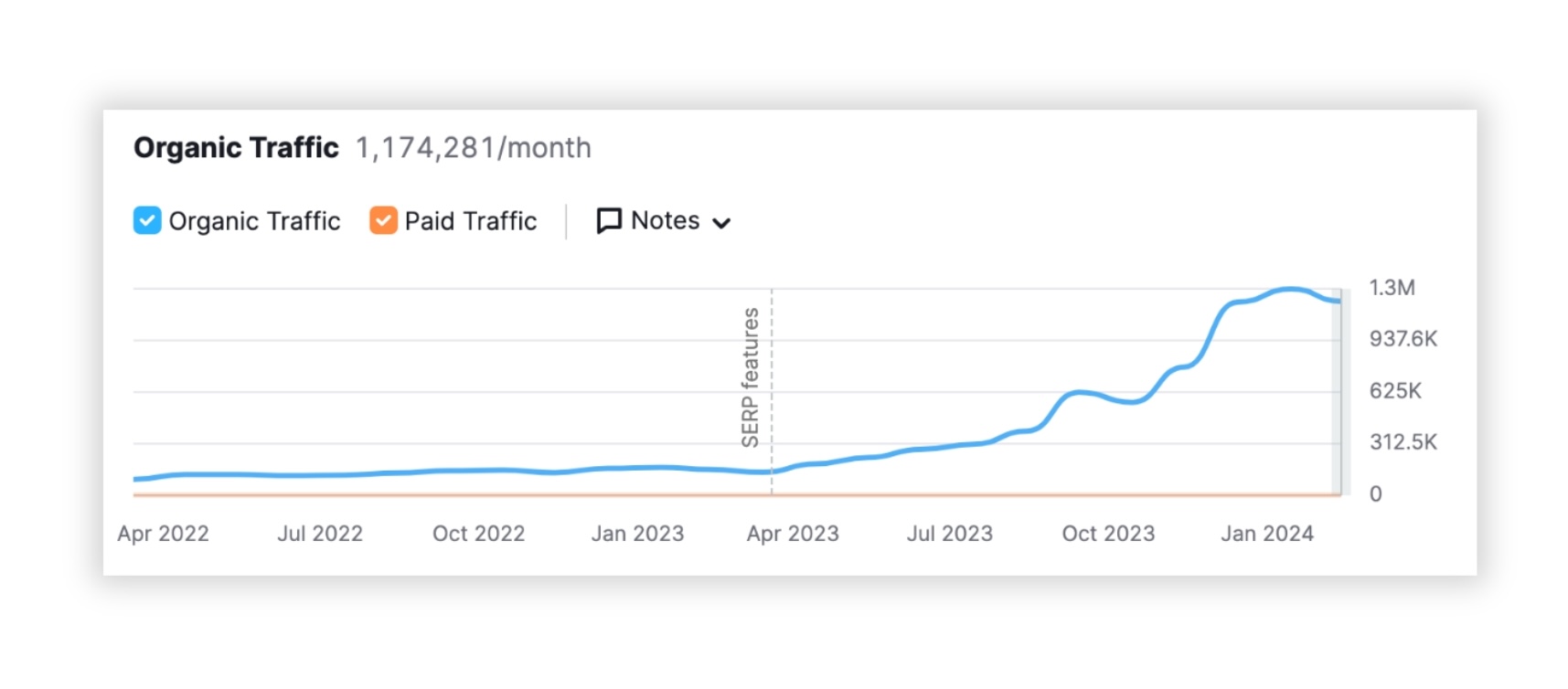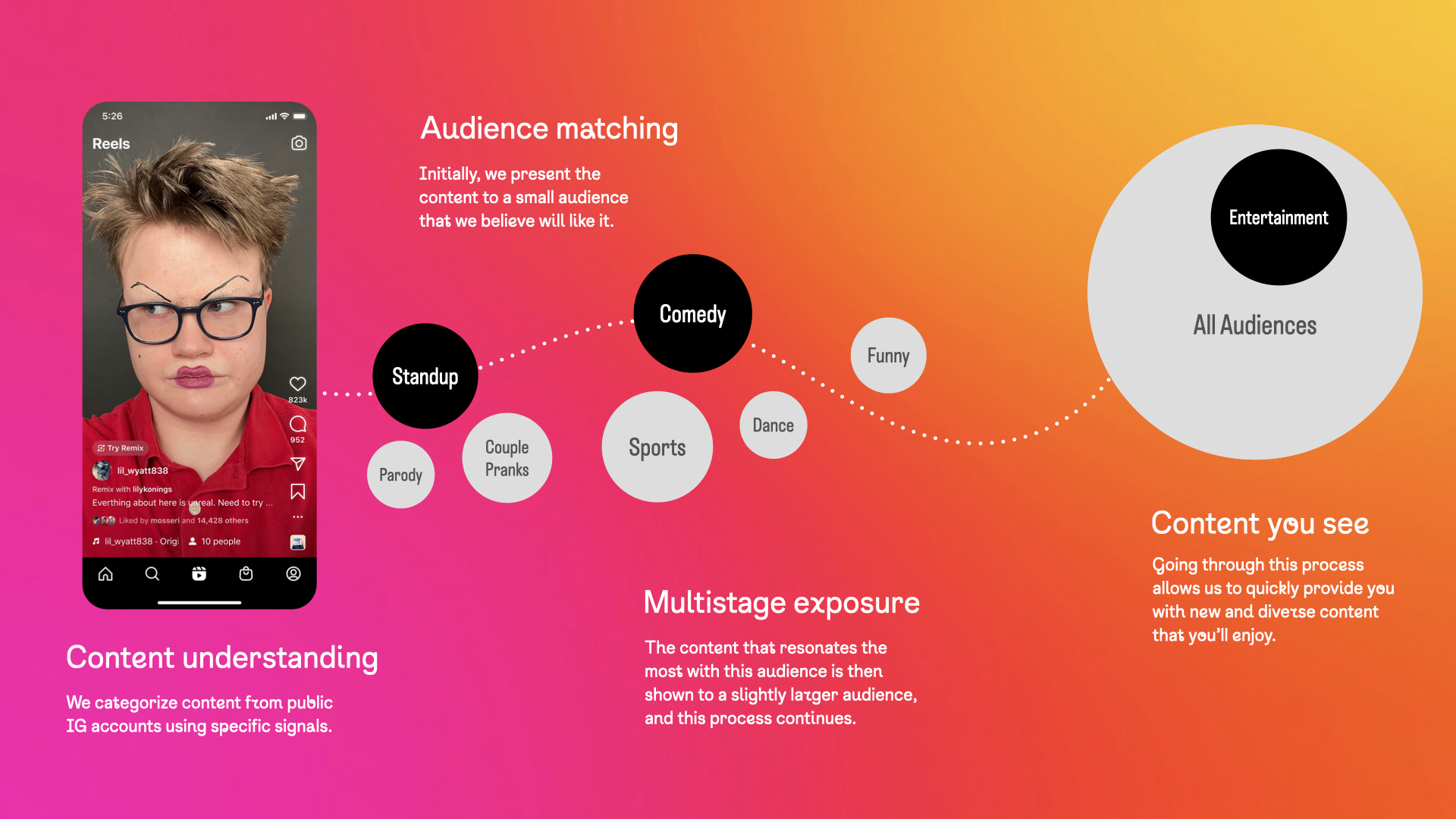What Are AI Agents? And Why Are They Critical to Local Marketing Success?
Local Memo: TikTok Punches Back Against the U.S. Ban Bill
Local Memo: TikTok Punches Back Against the U.S. Ban Bill
This week’s post discusses ByteDance and TikTok’s first legal move against the U.S. ban bill; how Forbes ranks nearly everywhere and Google’s recent response; and an upcoming Instagram algorithm update rewarding original content and smaller brands.
TikTok Punches Back Against the U.S. Ban Bill
The News
President Biden signed the TikTok ban bill into law on April 24, 2024. The divest-or-ban bill — known as the Protecting Americans from Foreign Adversary Controlled Applications Act — forces ByteDance, TikTok’s Chinese-based parent company, to sell TikTok in 270 days or about nine months, or the U.S. will ban the social media platform.
Yesterday, ByteDance and TikTok filed a petition in the United States Court of Appeals for the District of Columbia Circuit. They claim the law is unconstitutional as it “circumvents the First Amendment by invoking national security and ordering the publisher of any individual newspaper or website to sell to avoid being shut down.”
Furthermore, they argue that Congress’s discussions and concerns about data security and content manipulation weren’t made public and lack actual evidence. These Congressional briefings occurred behind closed doors, away from the public domain.
“The Act does not articulate any threat posed by TikTok nor explain why TikTok should be excluded from evaluation under the standards Congress concurrently imposed on every other platform. Even the statements by individual Members of Congress and a congressional committee report merely indicate concern about the hypothetical possibility that TikTok could be misused in the future, without citing specific evidence — even though the platform has operated prominently in the United States since it was first launched in 2017.”
TikTok’s other main argument is that the stipulated divestment from ByteDance is unfeasible considering commercial, technological, and legal constraints.
Why This Matters
This lawsuit is the first legal punch thrown by ByteDance and TikTok since President Biden signed the bill into law. TikTok filed its lawsuit in the D.C. Court of Appeals due to a clause in the Act that legal challenges can only be made in this court. Also, many perceive this court as the second-highest court in the nation, helping TikTok surpass lower courts and receive a quicker ruling.
Ironically, for TikTok, without public hearings and discussion of cybersecurity and national security risks, it’ll be difficult for the courts to make a ruling.
This case could reignite the broader debate around national security and social media platforms, leading to stricter content moderation policies or data security regulations for foreign-owned and domestic platforms.
Forbes’s Rankings Reveal Flaw in Google’s Search Algorithm
The News
When you first consider Forbes, you likely think of it as a business magazine that covers investing, entrepreneurship, and finance. However, Forbes has become an SEO-driven content farm, ranking for thousands of topics you usually wouldn’t associate it with.
How? According to Near Media, around 2010, Forbes opened its site to contributors, and by 2012, it had 1,000 outside contributors. Housefresh also found that Forbes pumps out a mass amount of articles around niche topics. For example, they have thousands of articles on pets and cats, many of which live on their pet insurance page.

Courtesy of Housefresh
These articles helped Forbes and its pet insurance affiliate content outrank other authoritative pet sites. These articles boost Forbes’s organic traffic and help it acquire many links. In January 2024, Forbes Advisor’s pet insurance section surpassed 1.1 million monthly visitors.

Courtesy of Housefresh
Why This Matters
Forbes’s organic traffic and ability to churn an unbelievable amount of content on numerous topics reveals what’s broken with Google and other search engines. It also highlights that Google and consumers favor brand familiarity, creating a content and ranking loop. Can we blame Forbes for taking advantage of a broken search engine system?
So, how is Google responding?
Google’s trying to clean up its mess with its scaled content abuse update to its spam policies. Google stated that its updated policy “allows us to take action on more types of content with little to no value created at scale, like pages that pretend to have answers to popular searches but fail to deliver helpful content.”
Last week’s Local Memo noted that Google finally finished its March Core Update. It claims to have reduced this low-quality content by 45%, surpassing its goal of a 40% reduction.
The tech monolith began rolling out its “site reputation abuse” policy on Monday, May 5. Google considers site reputation abuse to have occurred when websites with great content host low-quality content provided by third parties. These third parties aim to capitalize on the hosting site’s strong reputation. Such content can confuse or mislead visitors with different expectations for a website’s content.
For instance, Laura Chiocciora and Glenn Gabe revealed on X that news sites like USA Today and CNN hosted coupons until May 4. They’ve since removed these coupons to comply with Google’s May 5th update.
You’re right. I’m seeing the same thing. USA Today, CNN, and LA Times are gone for “subway coupons” and other queries. Sure seems like the update is underway. 🙂 First screenshot is now and second is as of yesterday. pic.twitter.com/f46B5h2ccP
— Glenn Gabe (@glenngabe) May 6, 2024
Furthermore, Forbes blocked its coupon directory from being crawled by Google and now completely removed nearly all coupons from its site.
We’ll see if Google can further promote higher-quality content from lesser-known brands and sites. The updated scale content and site reputation abuse policies seem like a step in the right direction, but only time will tell.
Instagram’s Algorithm Update Favors Original Content, Helps Small Creators
The News
Instagram announced in late April that it plans to update its algorithm in the coming months to help smaller brands and creators get seen more often on the platform. Instagram will look to show original content more often to small audience groups. The best-performing content will then spread to wider audience groups, helping expand creators’ reach.

Instagram plans to do this in three ways:
Recommend original content: First, when identical pieces of content exist (based on audio and visual signals), Instagram will only recommend the original one. This excludes content that’s been changed significantly, such as edited to become a meme, parody, or has a new voiceover.
Add labels to republished content: Instagram will now label reposted content with a link to the original creator. This label will be visible to followers of the reposting account. For now, both parties can remove this label via the content’s menu.

Remove content aggregators: Instagram is also taking decisive steps to limit visibility for accounts that frequently repost others’ work. Instagram will exclude accounts surpassing ten reposts in 30 days from recommended placements. These accounts may regain eligibility for recommendations 30 days after their last instance of posting unoriginal content.
Why This Matters
Meta’s decision reflects the issues we’ve mentioned in Google Search: known brands receive higher rankings and more organic reach. Ideally, these updates will improve content attribution and help smaller businesses and creators gain more visibility.
For multi-location businesses, it seems like Instagram punishes those who “repost” others’ work versus duplicate posts from different local accounts. Once this algorithm update rolls out, we’ll monitor how it affects our clients.




